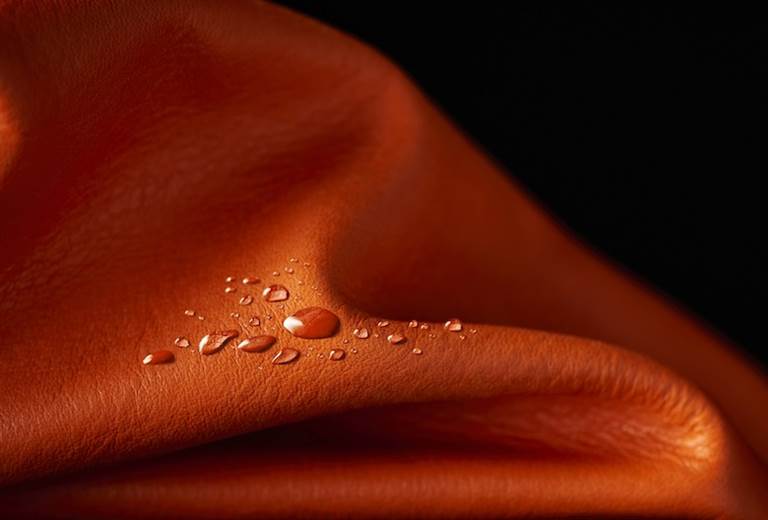GLCC urges EU to lead on halting misuse of the term ‘leather’
28/09/2017

To counter what it calls “the spread of false and misleading descriptions abusing the term”, the GLCC has called on governments around the world to establish legal protection for the term ‘leather’, the misuse of which, it says, can “deceive and confuse consumers”.
Its view is that only legislation on mandatory authenticity labelling can curb “false and misleading descriptions” and said these measures will also protect brands against unfair competition and empower consumers. Specifically, it called on the European Union to lead the way with “an exemplary regulation on leather authenticity” for its 28 member states as a follow-up to work the footwear industry has already done to ensure consumers in the EU can see at a glance what the uppers, linings and soles of shoes are made from. It encouraged the US government to seek “regulatory cooperation” with the EU. World Leather understands that COTANCE worked closely with GLCC in preparing its statement on this subject.
At its most recent meeting in Shanghai during this autumn’s All China Leather Exhibition, the GLCC concluded that there has been a “proliferation” in the use of the term ‘leather’ to describe “materials that are either synthetic substitutes made from fossil-fuel derivatives or developed from substrates such as residues from vineyards, the pineapple industry or mushrooms”.
It also noted that, at the third World Leather Congress in Shanghai just before the exhibition, Stephen Jeske, senior vice-president of GST AutoLeather, had raised concerns about “the use of fantasy names by car companies for materials that mimic leather”, adding that there is “a total lack of transparency” about the true composition of these materials. Mr Jeske also said that confusion for the consumer is exacerbated at retail level by “ill-informed sales staff who cannot adequately explain to the customer what these fantasy names mean”.
It insisted that ‘leather’ can only be used to refer to the hide or skin of an animal that has been tanned to a sufficient stage to prevent putrefaction, and where the natural fibrous collagen structure can be clearly identified. Naturally, production of this material is limited by the supply of a by-product of the meat and dairy sectors.
“Leather’s good reputation is increasingly diminished by unscrupulous traders,” GLCC concluded, “affecting public perception of leather and causing significant damage in the market, both to legitimate producers and consumers of leather products around the world.”
It acknowledged the “excellent campaigns” developed in Brazil by the Centre for the Brazilian Tanning Industry (CICB) for the enforcement of the country’s ‘Leather Law’ or ‘Lei do Couro’, and encouraged increased use of China’s ‘Genuine Leather Mark’. It also commended the efforts of Leather Industries of America (LIA) in the revision of the US Leather Guides as well as those of COTANCE in the European Union for harmonisation of national leather labelling rules.
“Keeping the description of leather articles free from abuse enhances the value of the product and justifies the premium price asked and paid for leather against synthetics or fakes,” GLCC said. “Persuasion rather than injunctions plays a crucial role in this area. Brands increasingly understand the business interest of transparency and authenticity in enhancing customer loyalty.”
It said there is room in the market for all materials, provided they are marketed and labelled accurately.
Image: Pittards











